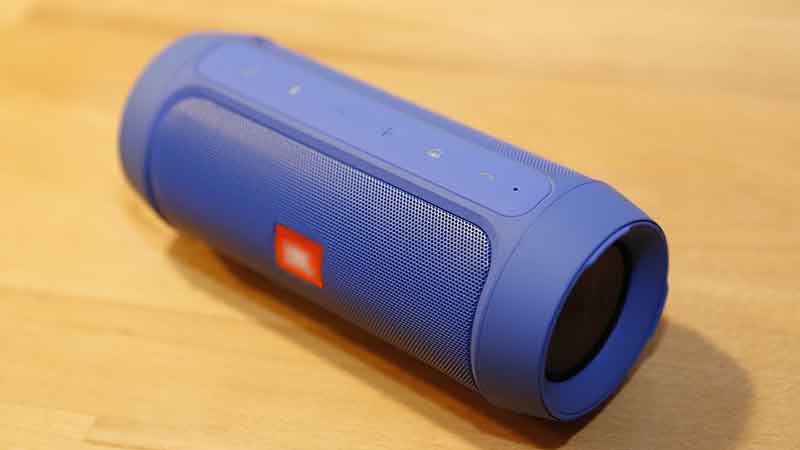An audio mixer goes by many different names and terms. You may hear it be called a soundboard, mixing console, mixing desk, mixing board, or mixer. All these terms basically refer to the same type of component. The main function of an audio mixer is to extract the sounds of various audio signals and combine them together. After these numerous audio signals are combined, they become one or more audio signals (also called output signals).
For example, let’s say you want to record a song with music playing in the background. You would connect a microphone and all your electronic instruments into the audio mixer. As you sing into the microphone and your band plays the instruments, all those different audio signals will get recorded by the audio mixer. When you’re done with the song, you can go to the audio mixer and start combining and editing various signals in order to create an original sound or piece of music.
Audio mixers can work with digital audio signals or analog audio signals. Any professional environment that records sounds, whether it’s music or people talking, will need an audio mixer. You can find audio mixers in nightclubs, film studios, music recording studios, television / broadcasting studios, theaters, live events, and the list goes on.
Most people hear the sounds generated by an audio mixer, but they don’t really think of them as coming from an audio mixer. It is easy to take cleverly combined audio signals for granted when you hear a recorded or live performance. But the magic behind the music and sound effects that we hear come from audio mixers. This is what you need to understand first.
When you look at an audio mixer console, you’ll see columns and rows of knobs, buttons, switches, and faders. You can use these controls to modify dozens of audio input signals at once. Some of the full-size audio mixers can handle up to 96 input signals. These are the kinds of audio mixers you’d see in major music, television, or film studios.
The top 4 components of an audio mixer console.
1) The Board
The board is the area of the audio mixer console where all the controls are displayed. You may have either a split mixer console or an in-line mixer console. If you have a split mixer console, then the controls are positioned in various channel strips of the board. On the other hand, an in-line mixer console has the monitoring and input sections on one channel strip.
2) Auxiliary Channels
If you want to send the input audio signals of one channel to other devices that are outside the main output of the channel, then you can use the auxiliary channels of the audio mixer console. Auxiliary channels are usually called “aux channels.” They let you transmit a secondary audio feed of the signal going into the mixer.
For instance, if you’re recording music and you have a band member who wants to monitor a few specific audio signals only, then an auxiliary channel would come in handy for doing this.
3) Channel Equalization
Channel equalization is how you can alter the low frequencies and high frequencies of every individual channel. This would be the treble and bass, respectively. The advantage here is to eliminate distortion in the quality of the audio signal, so it can be heard clearly.
Read also:
- 5 Types of Soldering Iron and their Applications
- Soldering Iron: Working Principle and Proper Temperature Tips
- Top 5 Best Cordless Soldering Iron for Your Electronic Hobbies
- Top 5 Best Budget Audio Mixers
4) Faders
Faders are represented as slider controls on the board. When you want to fade in or fade out certain channels for the final output, then you would use the fader controls to do that. Faders are very important controls because they allow you to modify the decibels of the sounds as they’re transmitted into the mixture.




